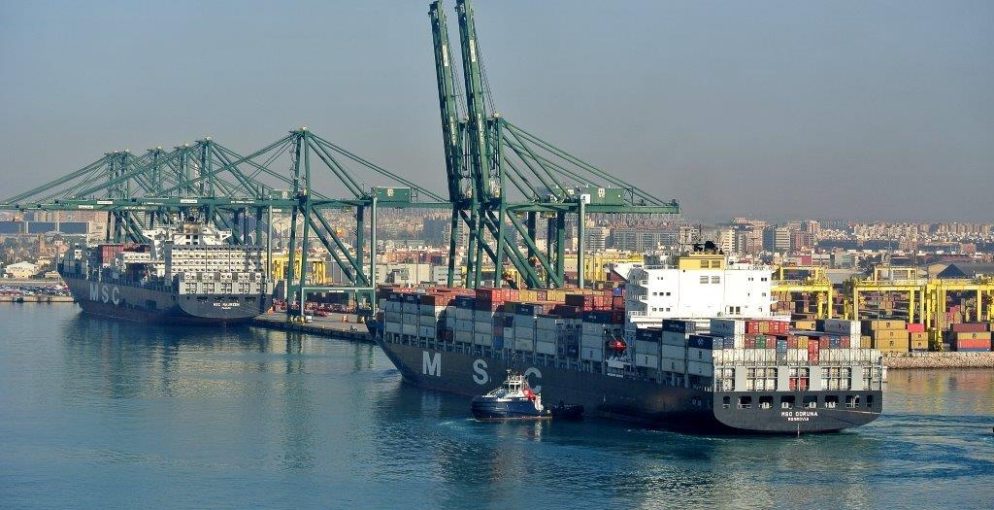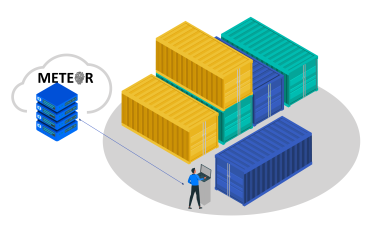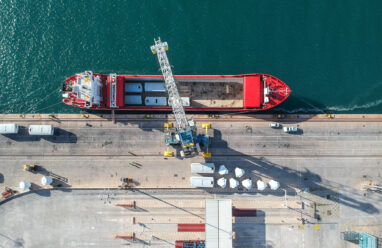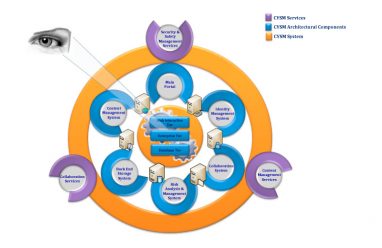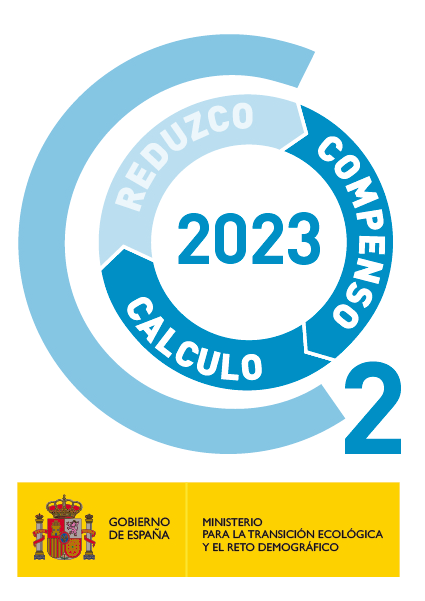The main objective of SMAUG is to improve underwater threat detection in ports and their entrance routes, through an integrated system capable of providing threat analysis data between 3 main elements: port security infrastructure, advanced underwater detection systems and surveillance vessels.
Underwater detection and localization will be performed by four main methods:
1) Acoustic detection, where a series of hydrophones will listen for sounds emitted by small underwater vehicles and will be processed by artificial intelligence methods.
2) Fast sonar hull scanning, used to scan the hulls of ships and perform bottom scanning of the harbor.
3) High resolution sonar inspection, to inspect objects in waters with poor visibility.
4) Collective autonomous localization, where a coordinated set of autonomous underwater vehicles will act cooperatively.
For this type of detection, the following sources will be taken into consideration: unmanned surface vehicle (USV) systems, remotely operated underwater vehicles (ROVs), UAVs (autonomous aerial vehicles) and current port information sources.
All of this will provide the information to Artificial Intelligence modules that will improve the way in which detection of illicit and dangerous goods and/or threats hidden under the water surface is currently performed. The combination of these tools will enable SMAUG to drive solutions capable of detecting potential threats to infrastructure or vessels, as well as identifying vessels with concealed goods.
Fundación Valenciaport will lead the work package of the use case of detection of semi-submersibles, narcotics and explosives, to be carried out in the Port of Valencia together with the Spanish Tax Agency.

